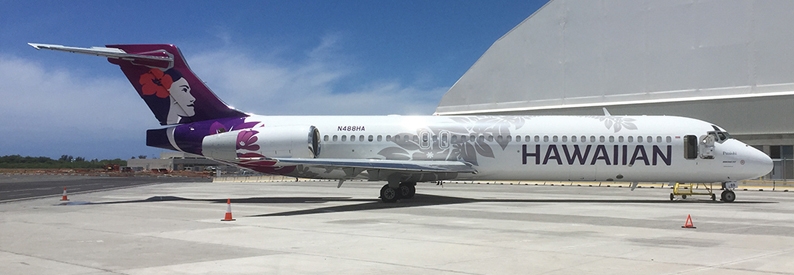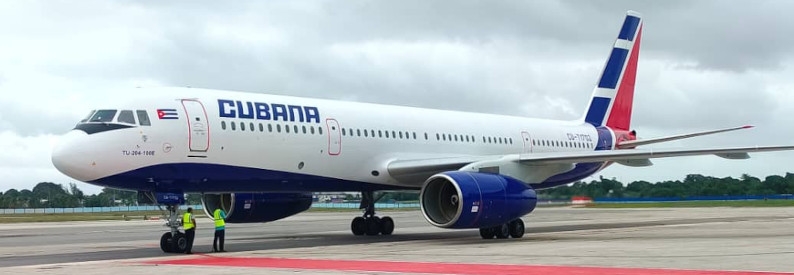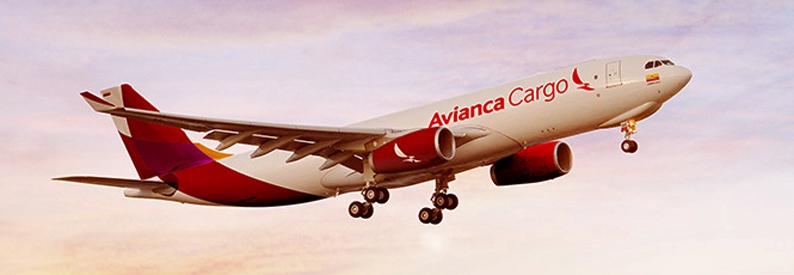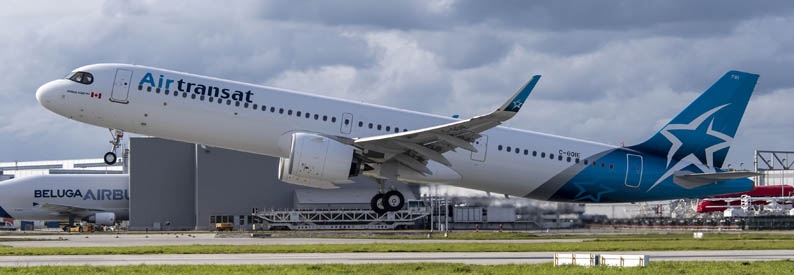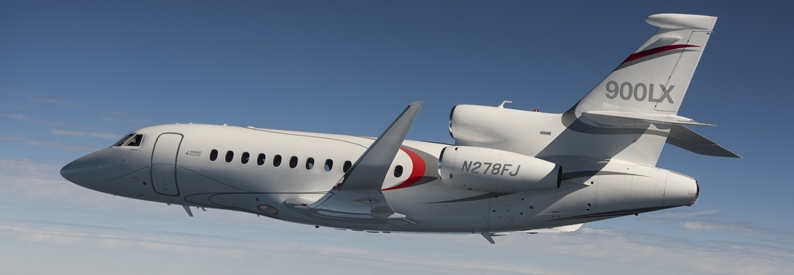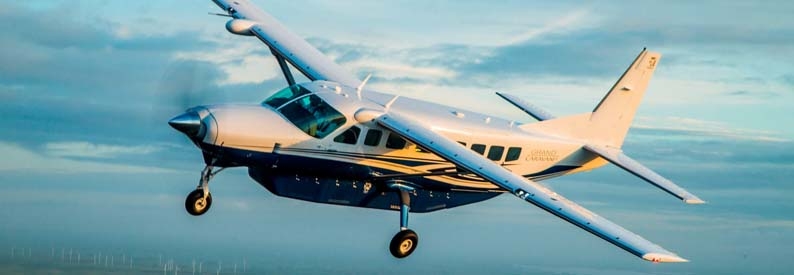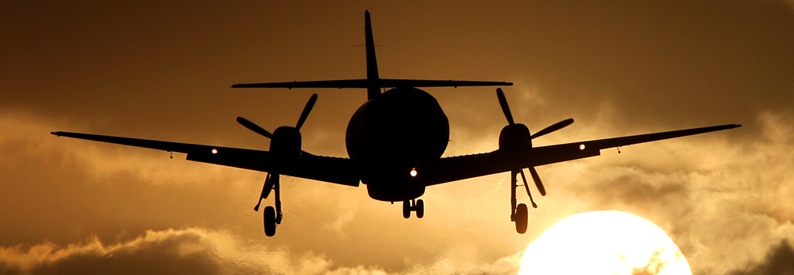Fear of commercial flights during the pandemic has opened a market gap for New York-based air taxi firm Hopscotch Air (O2, Farmingdale) to fly longer and more lucrative regional routes, reports Business Insider.
Providing a cost-efficient alternative to aircraft charter, the membership-only air taxi operator uses Cirrus SR20 and SR22s to serve all of the New York metro region's executive airports. Its aircraft fly the wealthy between the Big Apple and leisure destinations across the Northeast and beyond.
However, new pandemic travel trends have seen the wealthy flying more infrequently, resulting in fewer flights for Hopscotch. This has prompted Chief Executive Officer Andrew Schmertz to reimagine air taxi travel.
He says Hopscotch is now flying longer regional routes normally served by regional airliners, providing all the benefits of flying private such as using a private terminal and controlling the passenger manifest. The airline is flying as far as Chicago and North Carolina, destinations over three hours away with Hopscotch’s Cirrus aircraft, compared to around two hours on an airliner. Hopscotch Air's aircraft have a range of up to 800 miles, meaning they can reach Chicago O'Hare, Nashville John C. Tune, and Savannah International.
He says major airlines in the past few months have been cutting routes served by regional carriers to remote cities, while low demand results in cancellations and schedule changes as airlines consolidate to prevent money losers.
Hopscotch Air wants to fill in the gaps in what Schmertz called "right-sizing" the market, using smaller planes fitting the lower demand to provide affordable services. He says Cirrus aircraft can also access smaller airports than some private jets.
Limiting Hopscotch's growth is its aircraft's dependence on runways, putting it at a disadvantage when competing against helicopters that can use any of the three heliports in Manhattan.
That's why Schmertz is looking towards electric vertical take-off and land or eVTOL aircraft as the air taxis of the future. Working with Transcend Air – an eVTOL company looking to start flights between New York and Boston for less than USD300 each way – Schmertz hopes to get Hopscotch closer into the metropolitan areas where it can compete with helicopter and seaplane operators.
For more traditional routes, Schmertz also hopes that the technology to power electric aircraft will enable further flights on larger aircraft, pointing to recent examples of battery-powered flight. Washington's Mackey International Airlines (Fort Lauderdale International) in May flew a Cessna (single turboprop) Caravan entirely on battery power, though a viable aircraft that can carry passengers long distances is still years away.
